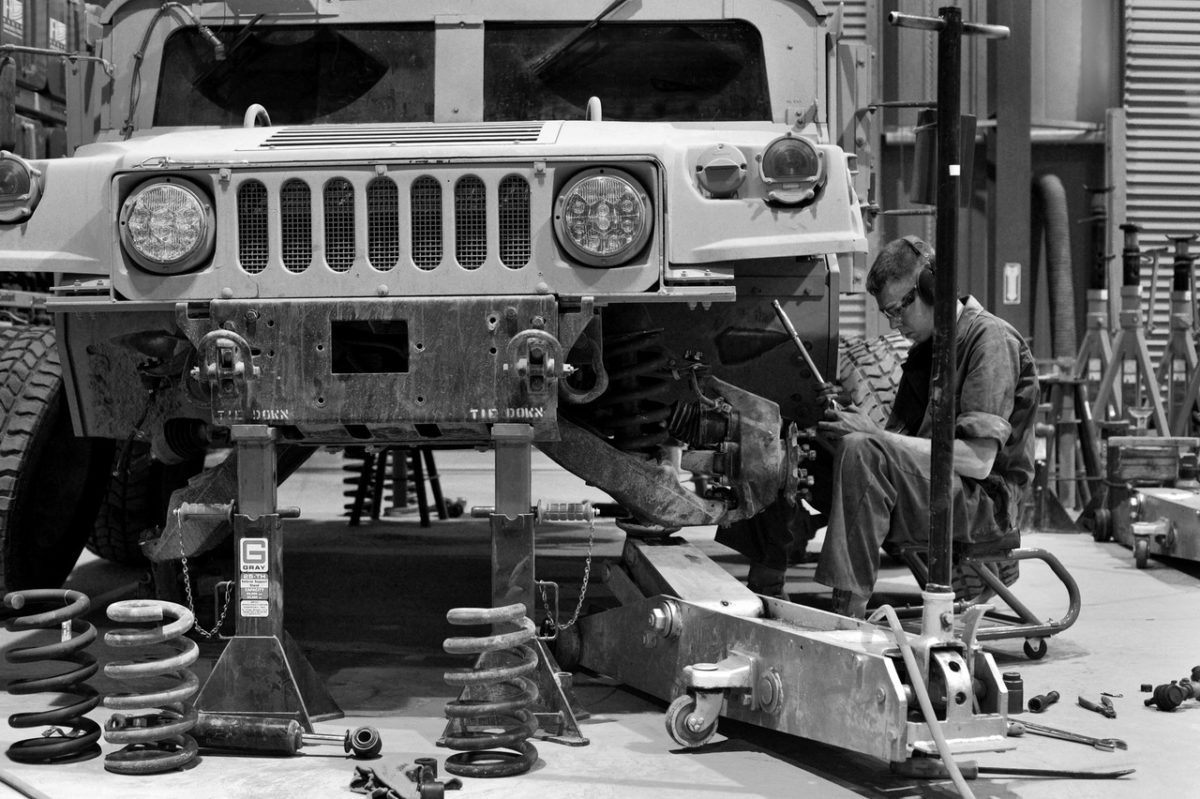The 3 Major Enemies of your car’s Shock Absorbers
The lifespan of your shocks is dependent on a number of factors. These include the terrain you often travel on, the conditions you drive in as well as your personal driving style.
As with all car components, shock absorbers are subject to wear and tear over time, however, there are a few things which accelerate their deterioration.
- Potholes: If you are driving on bad roads or hitting potholes often this will cause your vehicle to rebound more frequently and can damage your shocks.
- Dirt roads: When travelling on dirt roads a lot of dust is generated in the air. These sand particles get into the seals of your shocks, damaging them and causing the fluid inside to leak out.
- Mud: Mud gets into the inner components of your vehicle, including your shocks. This will damage the seals and cause leaks. Leakage reduces the effectiveness of your shocks as it diminishes their ability to absorb impact.
There are however, a few things you can do to help extend the life of your shock absorbers.
- Drive slowly and with extreme caution through potholes, mud and on gravel roads.
- Have your shock absorbers checked regularly checked (this will be done by a trained specialist whenever your car goes in for a service)
- Clean the wheel hubs of your car to dislodge debris
Your shock absorbers should be checked once a year at the very least or alternatively every 20,000kms.


